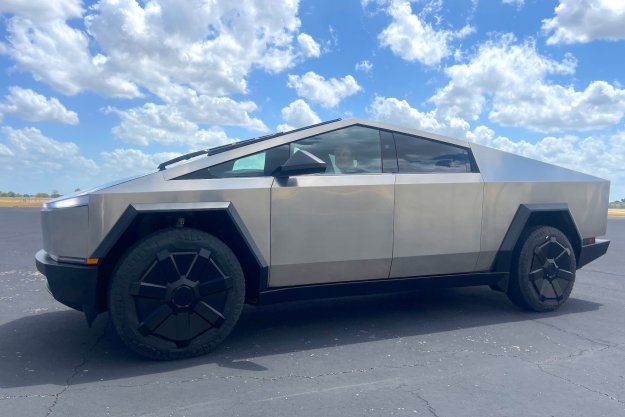BMW has introduced the limited-edition 2016 M4 GTS. Billed as the most agile and radical M4 ever built, the GTS was previewed by an eponymous close-to-production concept that was presented earlier this year at the Pebble Beach Concours d’Elegance.
The M4 GTS stands out as the first production road car in the world to feature a water injection system. Usually found on race cars, BMW’s state-of-the-art water injection system injects a small, precisely-measured spray of water into the intake manifold of the M4’s twin-turbocharged 3.0-liter straight-six engine. As it evaporates, the water extracts energy from its surroundings and lowers the temperature of the intake air by up to 80 degrees F. The process boosts gas mileage, lowers emissions and improves both torque and power.
As a result, the six delivers 493 horsepower — a healthy 68-pony increase over the stock M4 — at 6,250 rpm and 442 pound-feet of torque from 4,000 to 5,500 rpm. The GTS can reach 60 mph from a stop in 3.7 seconds before going on to a top speed of about 190 mph. A seven-speed dual-clutch transmission with three driver-selectable shift modes sends power to the rear wheels.
The water injection system isn’t as complex as it might initially sound. It’s essentially made up of a 1.3-gallon frost-proof tank, a pump, valves and a host of sensors. Stored in a compartment located under the trunk, the system is maintenance-free but the tank needs to be topped up occasionally.
The extra power is complemented by a GTS-specific three-way adjustable coilover suspension, bigger roll bars, an optimized electromechanical steering system, carbon ceramic brakes, and a limited-slip differential. All told, the M4 GTS is the most technologically advanced M car that BMW has ever built.
The GTS is over 200 pounds lighter than the M4 on which it is based thanks to a long list of weight-saving components. Notably, the hood, the roof, most of the aerodynamic add-ons, and even the driveshaft are made entirely out of carbon fiber. Bucket seats, race-inspired door panels with fabric pull loops in lieu of door handles and a new center console also contribute to the weight loss.
Gloss black trim, an extendable front splitter, a massive rear wing and an air diffuser built into the rear bumper help set the GTS apart from the M4. Additionally, the GTS’ tail lamps inaugurate BMW’s organic light-emitting diode (OLED) technology. OLEDs use layers of ultra-thin semi-conducting organic materials to form a homogeneous design, unlike traditional LEDs that light up in points.
BMW’s M division designed the GTS for the track, but it didn’t want to build a spartan, bare-bones coupe. Alcantara upholstery, parking sensors on both ends, navigation, A/C, and a fire extinguisher all come standard.
BMW will build only 700 examples of the M4 GTS, and just 300 of those will be shipped to the United States. Pricing information hasn’t been announced yet, but the GTS is expected to carry a sizable premium over the standard, $65,400 M4.
Editors' Recommendations
- 2022 BMW i4 first drive review: The real deal
- BMW previews the next 4 Series with a concept car you’ll either love or hate
- 2020 BMW X3 M and X4 M Competition first drive review



